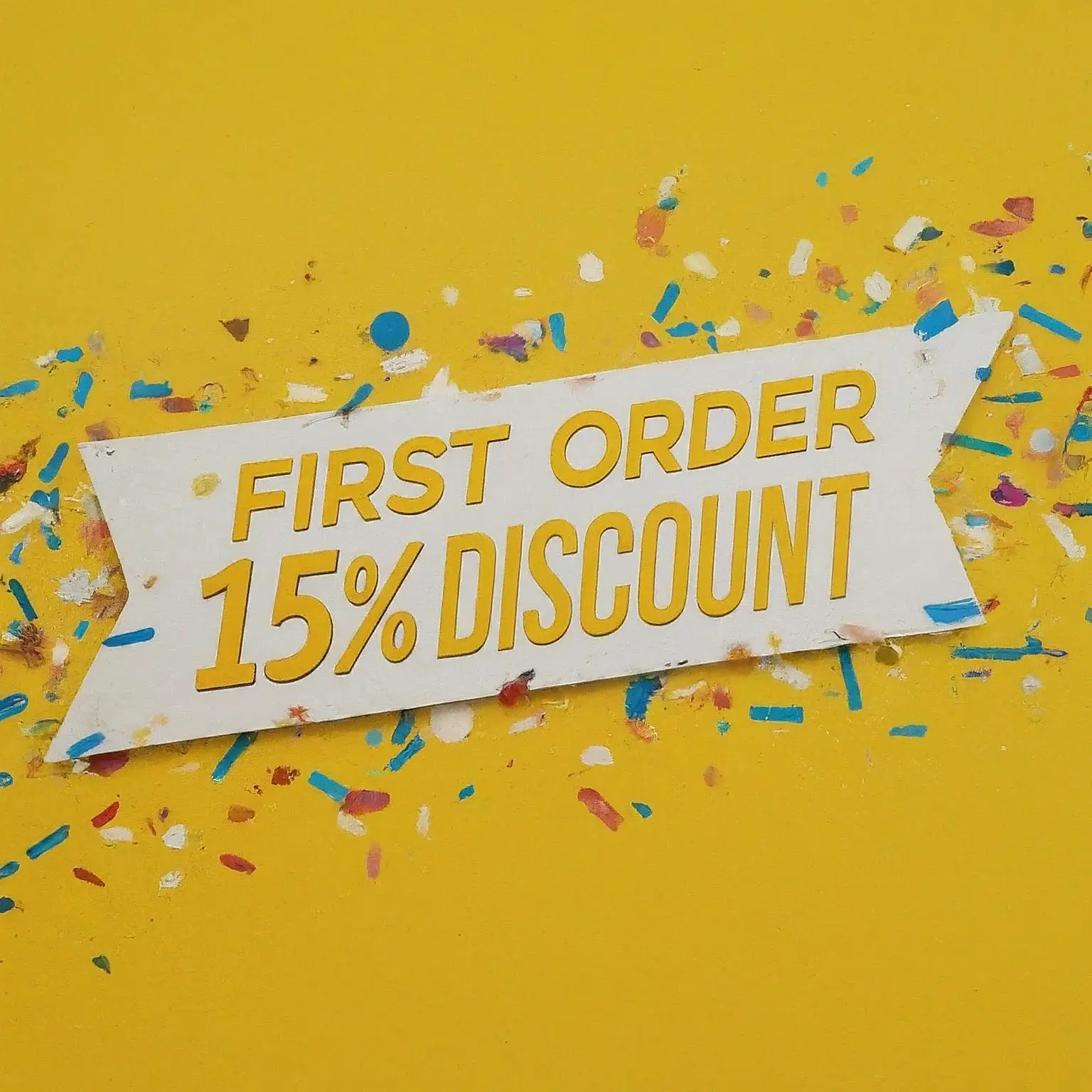Overview:
The Sikh community is globally recognized for their heartiness, selflessness, joyfulness, and athletic physique. As the fifth-largest religion, Sikhs are admired for their positivity, zest for life, and commitment to community service. Langar, the free kitchen service that feeds millions of people worldwide, regardless of their background or religious beliefs is the prime example.
Given these qualities, it is hard to associate the Sikh community with violence or conflict. However, recent events in Canada have raised concerns. The growing calls for independence and the violence tied to these demands have left many questioning why a community known for peace and harmony is becoming involved in such turmoil. The shift challenges the community's global reputation and calls for a deeper look at the forces shaping their struggles worldwide.
The Rise in Sikh Population in Canada:
Canada has traditionally been a predominantly white community, with European settlers establishing a significant demographic presence since the country's formation. In recent years, however, the dynamics have shifted considerably with the rise of diverse communities, notably from South Asia. The Sikh and Hindu populations have witnessed substantial growth due to increased immigration from India and other regions. The Sikh community expanded from around 147,440 in 1991 to over 770,000 in 2021, significantly contributing to the multicultural fabric of Canada. Similarly, the Hindu community has also grown, which reflects the changing population distribution in the country.
Today, Canada is home to largest Sikh community diaspora outside India. The initial wave of Sikh immigration to Canada began in the late 19th century when Sikhs arrived to work on projects like the Canadian Pacific Railway. Despite facing significant challenges with discriminatory laws and social prejudices, they established a foothold in Canada.
Subsequent immigration wave post-1947 during India's partition, and after the 1984 anti-Sikh riots, saw a substantial influx of Sikh refugees in Canada.
Communal Violence in Canada:
The recent events involving the Sikh community in Canada have raised significant concerns, particularly surrounding incidents of violence and communal strife. On November 3, 2024, a violent confrontation erupted outside the Hindu Sabha Mandir in Brampton, Ontario, during a demonstration involving pro-Khalistani activists. The clash was marked by physical altercations between pro-Khalistani Sikh demonstrators and members of the Hindu community.
The chaos resulted in physical altercations and video evidence from the incident show pro-khalistani mob wielding Hindu devotees outside temple premises.
Reports indicated that participants from both sides engaged in violent confrontations, with videos circulating on social media showing individuals wielding flagpoles and chanting slogans. The presence of local law enforcement was significant, with police indicating that they had increased their presence in the area to maintain order. Despite these efforts, the situation escalated.
Such incidents are not isolated but reflect larger geopolitical tensions, particularly between Canada and India. Few days ago, Canadian president, Justin Trudeau, accused India of the murder of Hardeep Singh Nijjar, a khalistani leader declared as terrorist in India.
President stated that Canada had strong evidence connecting India to the murder but no such evidences were made public.
The incident also led to suspension of six Indian diplomats in Canada.
Indian President, PM Modi, asked for strict penalization of radical elements threatening the safety of Indians in Canada.
Media's Role in Shaping Perception of the Sikh Community:
The media has played a pivotal role in shaping public perception of the Sikh community, both positively and negatively, particularly in the context of significant events such as the Kisan Andolan and ongoing narratives surrounding Sikh identity in India and abroad.
The Kisan Andolan, which began in late 2020 as a protest against the Indian government's agricultural reforms, positioned Sikh farmers at the forefront of a larger struggle for rights and livelihoods. While the initial phases of the protest garnered solidarity and support from diverse groups, the narrative shifted dramatically following the violence during the Republic Day tractor rally on January 26, 2021.
Mainstream media outlets extensively covered the clashes between protestors and police, often highlighting violent incidents while neglecting the broader context of the peaceful protests led by farmers. Reports frequently labeled Sikh protesters as antagonists and linked their actions to the Khalistan movement—a separatist campaign that seeks an independent Sikh state.
Additionally, fake social media accounts were created with the aim of discrediting the farmers’ protests. Such biased media coverage has also dented the overall reputation of Sikh community.
The Impact of Violence on Sikh Community:
The traditional image of the Sikh community as a model of peaceful coexistence and community service is at risk. The recent polls conducted in 2024 shows that 50% of the Canadian survey participants considered Sikh community negatively.
Moreover, the violence has led to an increase in Islamophobic sentiments directed toward the Sikh community, as they are often lumped together with other minorities facing hate and prejudice in the wake of communal strife.
The Impact of Violence on Canadian Communities:
Canada has long embraced multiculturalism, but recent communal violence has changed public perception. Only 55% of people now view multiculturalism as positive for national growth, down from 72% before the recent attacks.
The rise in communal violence involving Sikh and Hindu communities in Canada is impacting social trust and community cohesion. A 2023 survey found that 58% of Canadians had high confidence in institutions, yet trust between conflicting groups is lower. Violent incidents, especially in Brampton, have led 65% of surveyed Sikh and Hindu residents to report a decrease in trust toward each other.
Conclusion:
The community long known for their heartiness and joyfulness is embroiled in communal violence and protests. A part of it is contributed to rising geopolitical tensions, particularly related to the Khalistan movement, and recent act of violence in the Kisan Andolan.
The events have worsened the existing concerns of Sikh community about identity and geopolitical crises, which has created negative perception for the community globally. The media has also played a role, often showing Sikhs in a negative way and overshadowing their long history of peace and community service.
Copyright © 2026 getessayservice.com

